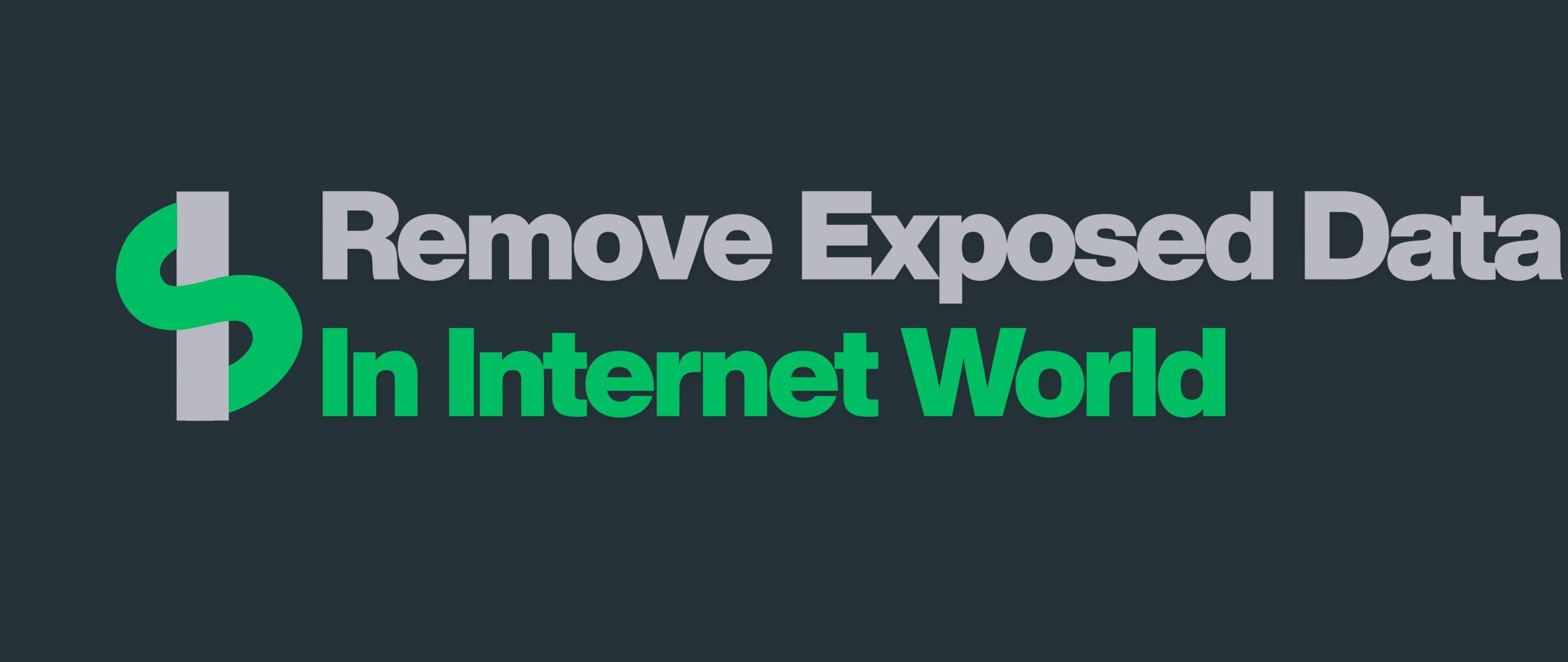
In today’s hyper-connected digital world, personal data exposure is not just an inconvenience — it’s a real threat. From phone numbers and home addresses to Social Security numbers and financial details, millions of people discover their data floating around the Internet every year.
This exposed data can be harvested by cybercriminals, sold by data brokers, or even used in identity theft and online harassment. While you can’t erase 100% of your digital footprint, you can take control and significantly reduce your exposure.
This guide walks you through proven methods to find, remove, and monitor your personal data online.
Step 1: Identify Where Your Data Is Exposed
Before you can remove your information, you need to know where it lives.
- Search engines: Google, Bing, and Yahoo often surface your personal info in search results. Try searching for your full name, phone number, and email address in quotes.
- Data broker and people-search sites: These companies compile information from public records, social media, and purchases. Examples include Whitepages, Spokeo, MyLife, and BeenVerified.
- Public records: Court filings, property records, and voter registrations may appear online.
- Social media and old accounts: Outdated profiles or forgotten accounts often leak private details.
- Data breaches: Your information may be circulating after a hack, even on the dark web.
📌 Tip: Document every website where your data appears — copy the URL, date, and what information is exposed.
Step 2: Request Data Removal Directly from Websites
Most data broker and people-search sites provide an opt-out form or email request option.
- Visit the site’s privacy policy or “opt-out” section.
- Submit a request including the exact profile URL.
- Keep a record of confirmations or rejections.
Some sites process removals within days, while others may take weeks. Persistence is key.
Step 3: Request De-Indexing from Search Engines
Even after removal, your data may still appear in search engine results. Fortunately, you can request search engines to de-index personal information.
- Google: Use the Results About You tool or submit removal requests for sensitive data.
- Bing & Yahoo: Each has its own privacy request portal.
This doesn’t delete the data at its source but prevents it from showing up in search results.
Step 4: Freeze and Protect Your Identity
If your exposed data includes financial or government identifiers, you should take stronger measures:
- Place a fraud alert with one credit bureau (Equifax, Experian, or TransUnion) — they must notify the others.
- Consider a credit freeze to block new accounts in your name.
- Regularly monitor your credit report through AnnualCreditReport.com.
These steps help prevent identity thieves from misusing your data.
Step 5: Delete or Deactivate Old Accounts
Every unused social media profile, e-commerce account, or forgotten forum login is a potential leak.
- Use your email to search for old sign-ups.
- Delete or deactivate accounts you no longer need.
- For active accounts, adjust privacy settings to hide sensitive information.
Step 6: Use Professional Data Removal Services
Manual removal is time-consuming. If you prefer automation, several services specialize in removing data from brokers:
- DeleteMe (joindeleteme.com)
- Incogni (incogni.com)
- Kanary and Optery
⚠️ Important: Research shows these services are not perfect — they may miss some sources or fail to keep data suppressed permanently. (See: “Evaluating Online Personal Data Removal Services”, arXiv, 2025).
Step 7: Monitor Your Digital Presence Continuously
Data removal is not a one-time fix. New leaks and exposures happen all the time.
- Set up Google Alerts for your name, email, and phone number.
- Repeat manual searches monthly.
- Re-submit removal requests if your data reappears.
- Consider ongoing monitoring with identity protection services.
Step 8: Understand the Legal Options
Depending on where you live, you may have legal rights to request data deletion:
- United States: Limited protections, mostly state-based (e.g., California Consumer Privacy Act).
- European Union: Stronger protections under the GDPR Right to Erasure (“Right to be Forgotten”).
- Other countries: Vary widely; some offer official processes to suppress personal data.
If data removal requests fail and the exposure poses risks, you may need legal assistance.
Conclusion
Your personal data is valuable — to you, and unfortunately, to criminals and marketers as well. While you can’t disappear completely from the Internet, you can minimize your exposure and take back control.
Start with a personal audit, request removals, freeze your credit if necessary, and stay vigilant with continuous monitoring. The more proactive you are, the less power your exposed data has against you.
